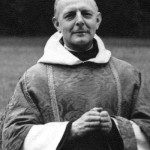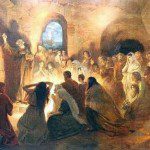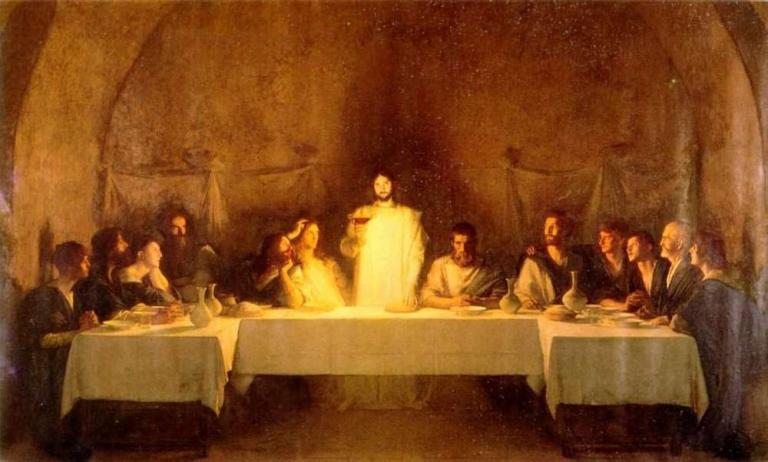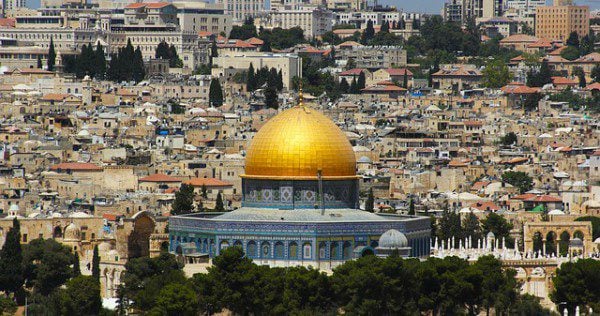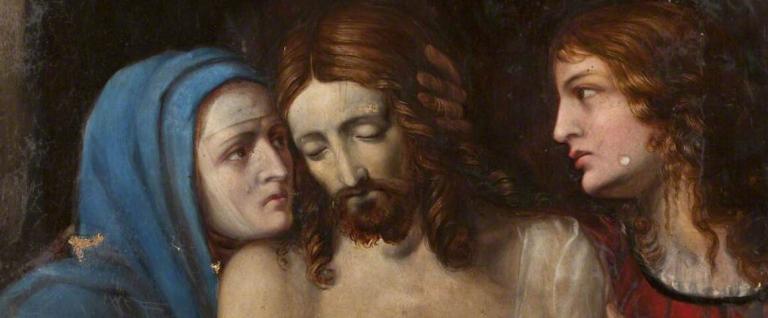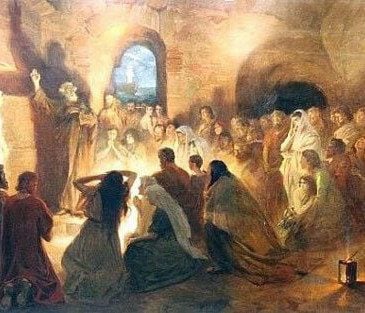 Paul F. Bradshaw, The Search for the Origins of Christian Worship: Sources and Methods for the Study of Early Liturgy, 2nd ed. (New York: Oxford University Press, 2002)
Paul F. Bradshaw, The Search for the Origins of Christian Worship: Sources and Methods for the Study of Early Liturgy, 2nd ed. (New York: Oxford University Press, 2002)
Friends, this is the second phase in my comparative study of liturgy and Eucharist. Today I begin a review of Bradshaw’s book. After I complete it, I will then comment on what we can learn from a comparison of Dix and Bradshaw.
ix Bradshaw says he is a splitter, which is the opposite of a lumper. Lumpers put things into families, while splitters “like to inspect the resulting lumps and find fault lines.” This is something akin to the NT scholars who in the early 2000s rejected the idea of a single NT Christianity and insisted there were only Christianities in the early church. So Bradshaw says his book is a case “for the splitters’ view of primitive Christian worship.” He summarizes the conclusions of his fellow splitters:
- We know less about worship in the first 3 cs than we thought.
- There is more variety than uniformity in those first three cs.
- The “classical” shape of Christian liturgy is the result of a deliberate assimilation of different Xn traditions in the 4th rather than the survival of one pattern from the first century.
- What emerges in the post-Nicene era is a liturgical compromise rather than the triumph of one way over others. So what becomes the Western or Eastern way is often quite different from what was done before Nicaea.
Shifting scholarly perspectives
2-3 It is a well-established scholarly canon that liturgy generally develops from brevity to prolixity.
3 Most of the liturgical mss we have (and this applies to the Jewish ones too) date from the 8th c. CE.
4 Frank Cross assumed that liturgical texts were more concerned with immediate use than reproducing an existing model. Bradshaw then assumes that if copyists found something that varied with existing practice they would “restore what they thought was the original reading and bring it into line with current practice.” 5 It became “living literature” not unlike what some want to be a living Constitution today. 5 This was very different from copying a text by one of the Fathers like Augustine.
6 Bradshaw suggests that just because liturgies were copied does not mean they were put into practice.
Dix criticized those who thought they could find a single original apostolic Eucharistic rite. But rather than abandoning this theory he revised it by saying that the structure or shape of the early liturgy could be found.
7 Dix assumed that what was common to later forms was earliest, and what was found in only a few texts was later. But we cannot be so sure of these things. For evidence he proffers the Didache 9-10 on the Eucharist, which lacks the words of institution and contains only prayers over the cup and the bread, and after the rite. He adds that first-century Jewish liturgy was not as uniform as we used to think, and NT Christianity “was itself essentially pluriform in doctrine and practice.”
8 The true story, he says, is great variety early on and consolidation later on. Selective evolution: “the survival of the fittest – of the fittest, not necessarily of the best” (Robert Taft).

